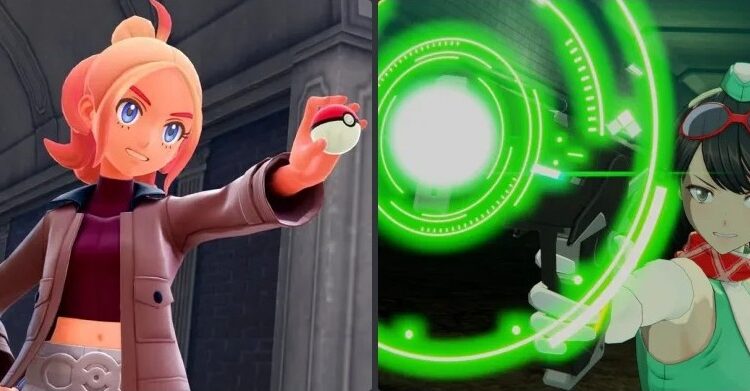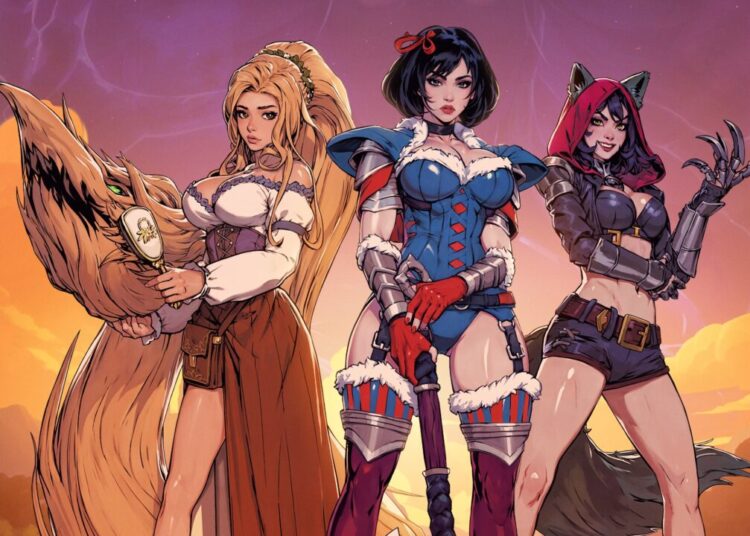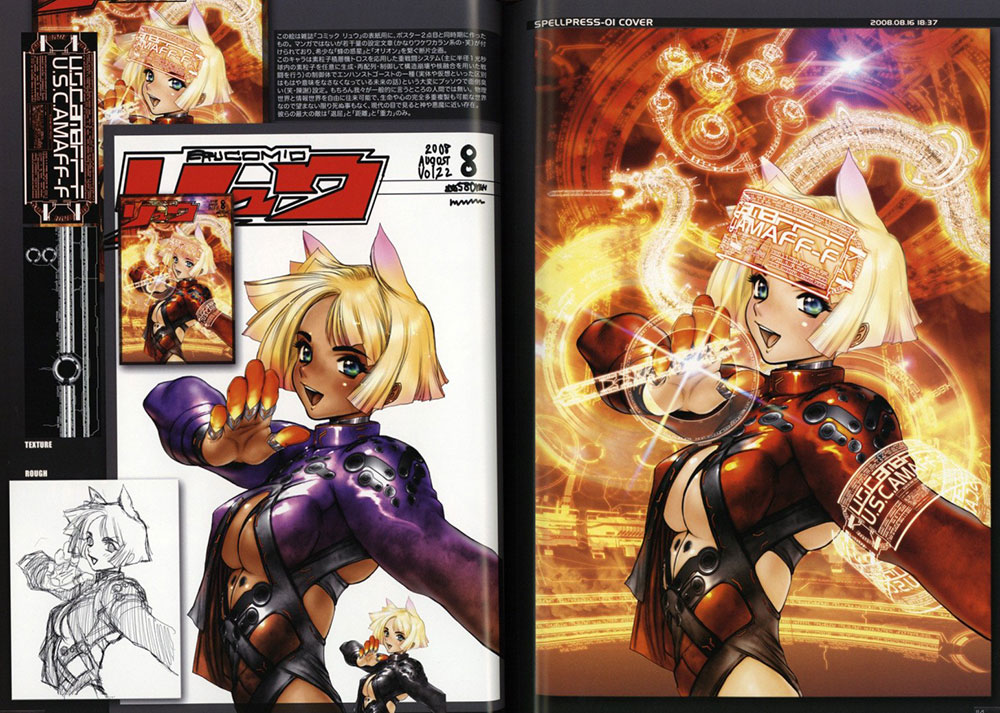Arc System Works’ upcoming fighting game Guilty Gear Strive had a close beta last weekend. This was the first time players could get their hands on the game. Information for the game has been relatively sparse outside of a few character reveals and it has been almost six months since the public first got to see Strive’s gameplay. Now that players have gotten a taste of the latest iteration of Arc System Works’ flagship fighter, what exactly can we expect when the game comes out later this year?
Regarding the game’s presentation, Arc System Works has gotten famous for their unique graphic style which utilizes special techniques to make 3D models appear like moving 2D anime drawings, as seen in games such as Dragon Ball FighterZ, Granblue Versus, and the previous Guilty Gear Xrd series. The character models in Strive are top notch and probably the best modeling work Arc System Works has done to date. Character animations are more fluid than ever and the use of dynamic camera angles really shows off how their techniques have evolved to show off every little bit of detail on the characters. This also goes for the stages, which are in constant motion and are greatly varied in their setting. Due to the game’s new wall break and stage transition mechanic, you get multiple views of the same stages, which is something relatively unique when it comes to 2D fighters.
Unfortunately, these amazingly created models are marred by the abhorrent user interface. Despite improvements since the game’s initial reveal, they still look incredibly amateurish. The life bars and tension meters are just simple rectangles, far less creative than the metallic or steampunk-ish of prior Guilty Gear games. The character select screen is relegated to a simple grid and looks more like the main menu of a smartphone. These are only cosmetic issues, but the lackluster UI ends up being detrimental to the gameplay in some ways. Important details such as the Burst and RISC meters are attached to the character portraits, which move downward along the life bar as players lose life. This ends up being very distracting which is detrimental in a fast-paced game. The most obnoxious part of the UI has to be combo counter, which increases in size the longer combos go on so can end up obscuring the screen. The end result is a cluttered mess that makes the game look like an eyesore when being played, despite the game’s beautiful stages and characters.
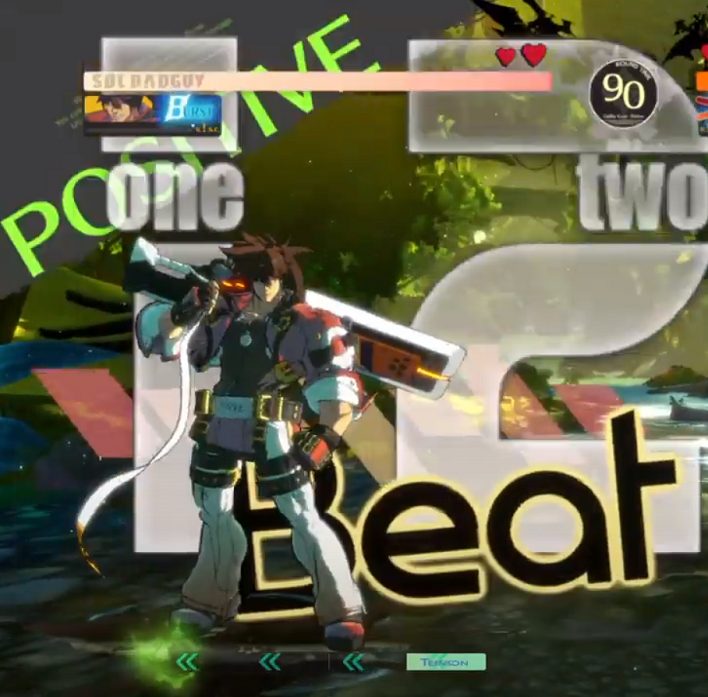
Even before the game’s release, some fighting game players feared that Guilty Gear Strive would follow the trend of fighting games becoming more simplified to appeal to a broader audience. This was confirmed in interviews with developers. Now, in the beta, many players have come to understand what exactly that simplification entails. First off, character move sets seem to have been reduced in size. While most of the characters maintain their classic moves, certain parts of their move sets from prior games have been removed or replaced. Overall, there are fewer tools for players to experiment with.
One of the first changes that people noticed when Strive was first revealed is the new wall break mechanic. In prior games, a player stuck in the corner could potentially be trapped and forced to block back to back mixups, which could be a daunting endeavor for novice players to escape. Now, being attacked at the wall repeatedly eventually breaks the wall and resets the fight to a neutral position. This change has been quite divisive, though its intentions are clear, the mixup-heavy type of gameplay has been a trademark of high-level Guilty Gear play for a long time. The change also makes the execution of combos near the corner much easier, as characters will now just stick to the wall when hit.
Other changes include the Gatling system, a mechanic in prior Guilty Gear games where players could press the attack buttons in order from weakest to strongest to chain together attacks. This has become much more restrictive, eliminating a lot of offensive freedom and combo creativity. Forward airdashes now have a telegraphed startup but are much faster. Their trajectory can be altered, allowing for some ambiguous mixup situations — a strange oversight if the intention for the game was for newcomers to have an easier time on defense.
強そう #PS4sharehttps://t.co/1eHac3lpMi pic.twitter.com/EOuzeB4pJX
— TORI (@tori3_) April 18, 2020
A major issue many had with the gameplay is simply how quickly matches end due to the high amount of damage. Because of the ease of combo execution, players were discovering combos that were doing 70% or more damage, and even some touch of death combos under certain circumstances. While it is true that newcomers might not enjoy grinding and practicing simple combos, it seems like it would be detrimental for a novice’s spirit to be brought close to death for the simplest of mistakes.
おや? #PS4sharehttps://t.co/4VzkJTFDZp pic.twitter.com/Fp1ttk2Yxr
— クソル (@kusoru) April 17, 2020
The biggest negative point in this beta is unfortunately what the beta was supposed to test out. All aspects of the online component need drastic overhauls and fixing. Instead of a simple text menu or a 3D lobby with avatars that other Arc System Works games have used, Strive’s lobbies are an unfitting 2D sprite art that doesn’t resemble anything in the Guilty Gear mythos and ended up being fairly non-functional. It is hard to tell who is challenging who or how to get matches started. The more players there are in the lobby, the harder it becomes to tell what’s happening.
【先出し情報】
参加者を募集中の『GUILTY GEAR -STRIVE-』クローズドβテストにて初公開の、『オンラインロビー』をちら〜りとお見せ致します!一新されたロビーでいち早くお楽しみ頂くチャンス!
▼クローズドβテスト応募ページhttps://t.co/ZWUNvkRm5z#GGST pic.twitter.com/3KsNnBycAm
— GUILTY GEAR OFFICIAL (@GUILTYGEAR_PR) March 31, 2020
The beta also suffered major connectivity issues and many players ended up not playing any matches at all during the online play window. Some players even suffered console crashes.
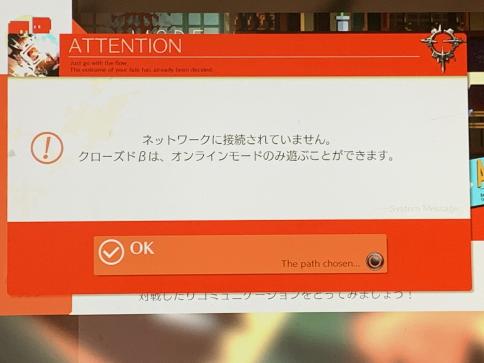
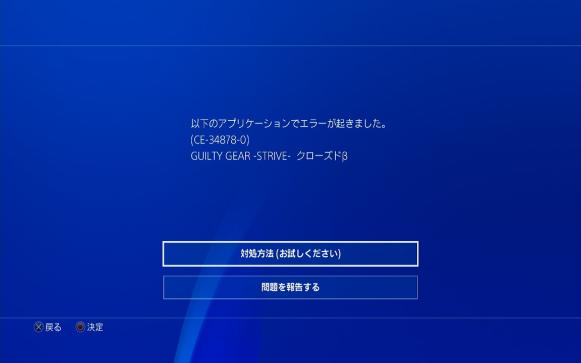
At the end of the beta there was a feedback form to fill out. However, with how little the game has changed since its gameplay reveal in September of last year, it might be too late for any substantial changes, especially since Guilty Gear Strive is set to come out later this year. Perhaps it would be in Arc System Works’ best interest to delay the game, but it seems the foundation for Strive’s direction is set in stone — a direction that may alienate fans that value a deep and dynamic fighting game with a high barrier to entry and more potential for player expression.


